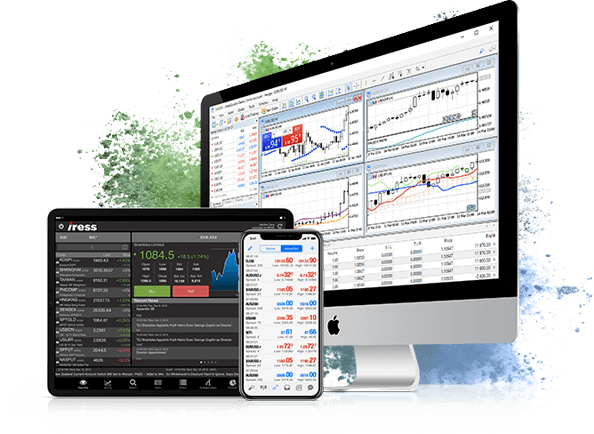Let’s say you have a USD account and the EUR/USD is trading at 1.0831. Your analysis
indicates that the EUR will likely weaken against the USD, so you decide to sell three
mini
contracts of EUR/USD for €30,000, which buys US$32,493. Using a margin rate of 2%, you
only
have to deposit $649.86 (2% x $32,493), i.e. you control a $32,493 position with just
$649.86. If your prediction is correct and the price subsequently drops to 1.0762, you
will
have gained 69 pips. Each pip in a mini contract is worth $1, so your profit will be
$207
(69 pips x $1 x 3 mini contracts).
Had you invested the required $32,493, you would still have gained the $207, but it would
have been only 0.64% of your capital outlay (100 x [$207/$32,493]). The use of margin
allows
you to magnify the gains to 30.4% of your initial capital outlay (100 x [$207/649.86]).
In
other words, you get the same profit at a considerably lower cost. The 2% margin means
you
get leverage of up to 50:1. Nonetheless, this leverage is double-edged. It can easily
magnify your losses the same way it magnifies returns.
Accounting
for
the leverage
Continuing with the example, if your prediction is wrong and the price rises to 1.0929,
you
would lose 98 pips. Your loss would be $294 (98 pips x $1 x 3 mini contracts).
Let’s say you had applied all the available leverage of 50:1 to your trade, you would
only
require a 2% adverse movement (the $649.86) to deplete your capital. In this example,
losing
98 pips would mean a loss of 45.2% of your initial capital in a single trade (100 x
[$294/649.86]). The general rule is not to risk more than 1% of your account on a single
trade. This one trade would have put you at very high risk.







